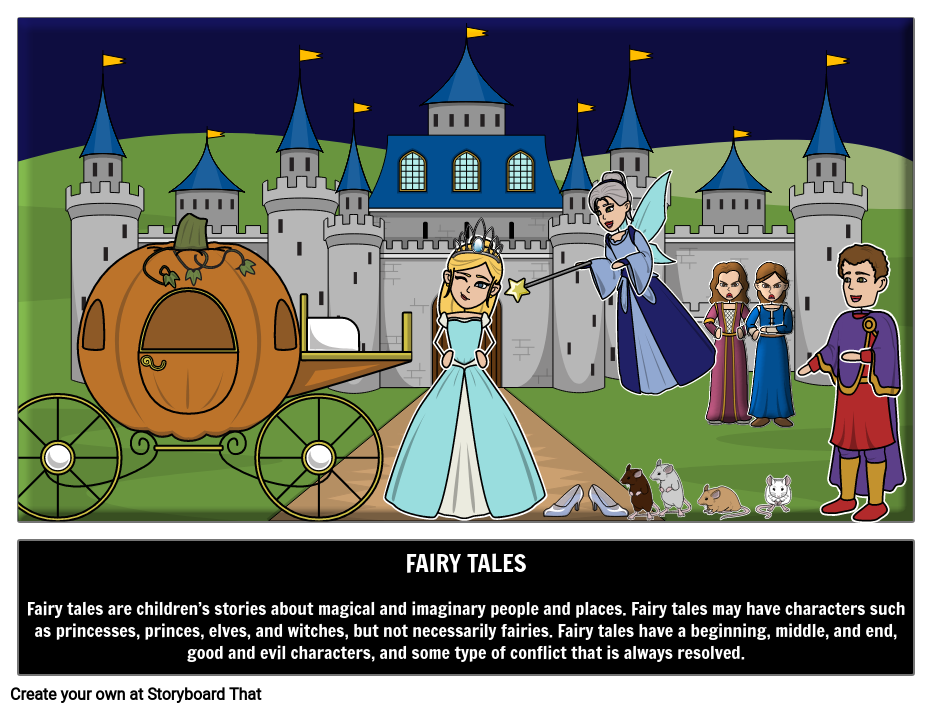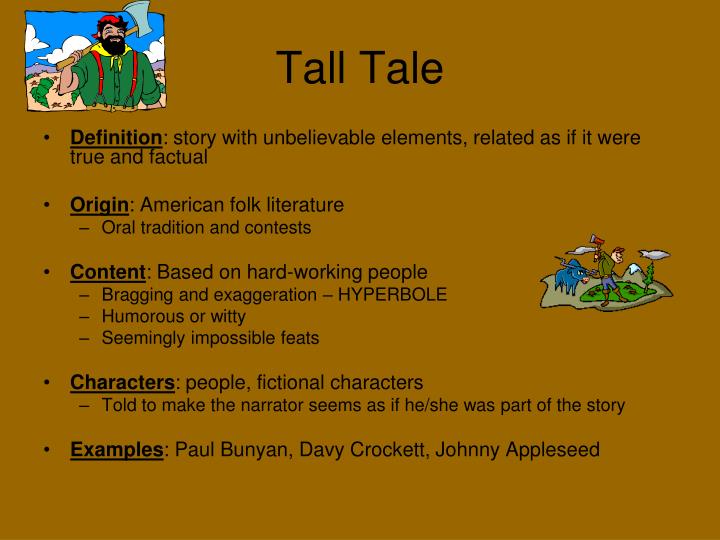
Music: traditional, folk, and world music.Material culture:folk art, vernacular architecture, textiles, modified mass-produced objects.Dundes stresses that his list is not exhaustive, but merely a sampling of the subjects that folklore scholarship can address, and which merit study for the insight that they provide into specific cultures (Dundes, 1965: 3).

His list includes the expected subjects of folktales, legends, myths, ballads, festivals, folk dance and song, but also offers examples of folklore that may not be as obvious, such as children’s counting out rhymes, food recipes, house, barn and fence types, latrinalia (informal writings in public restrooms), as well as the sounds traditionally used to call specific animals. Rather than offering a definition of folklore, Dundes provides a list of various types of folklore to demonstrate the large range of the field of study. It does not matter what the linking factor is-it could be a common occupation, language, or religion-but what is important is that a group…have some traditions that it calls its own” (Dundes, 1965: 2). He argues that contemporary urban people also have folklore and suggests that rather than dying out, folklore is constantly being created and recreated to suit new situations (Dundes, 1965: 2).ĭundes asserts that “folk” can refer to “any group of people whatsoever who share at least one common factor.


One of the best known explanations of folklore is found in Alan Dundes’ brief essay, “What Is Folklore?” Dundes disputes the notion that “folk” should be automatically identified with peasant or rural groups, or with people from the past.


 0 kommentar(er)
0 kommentar(er)
